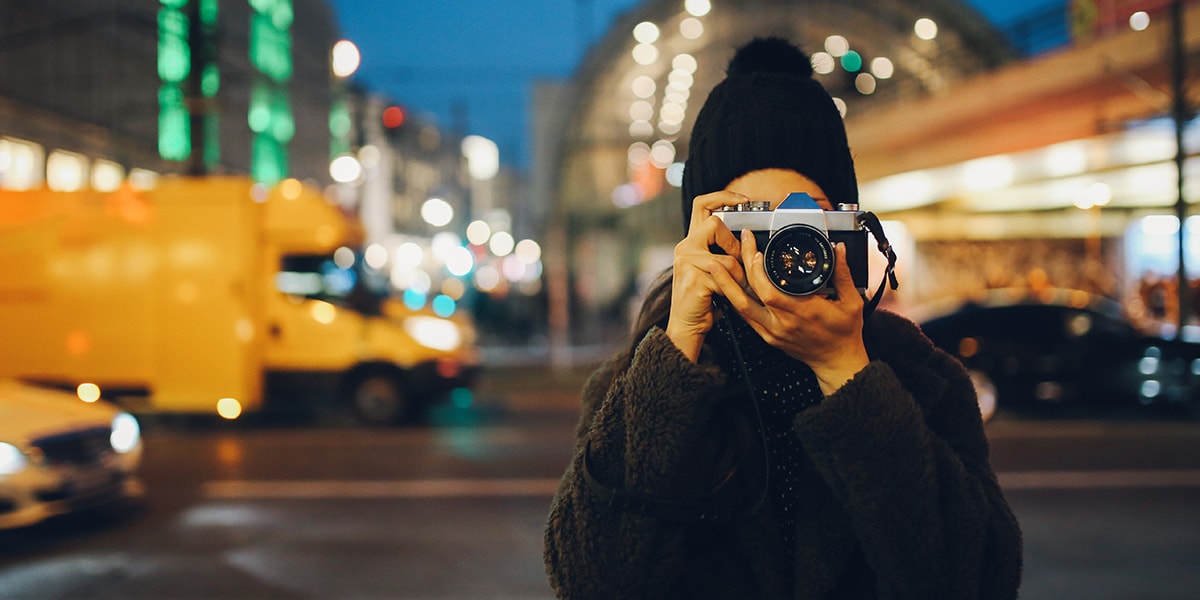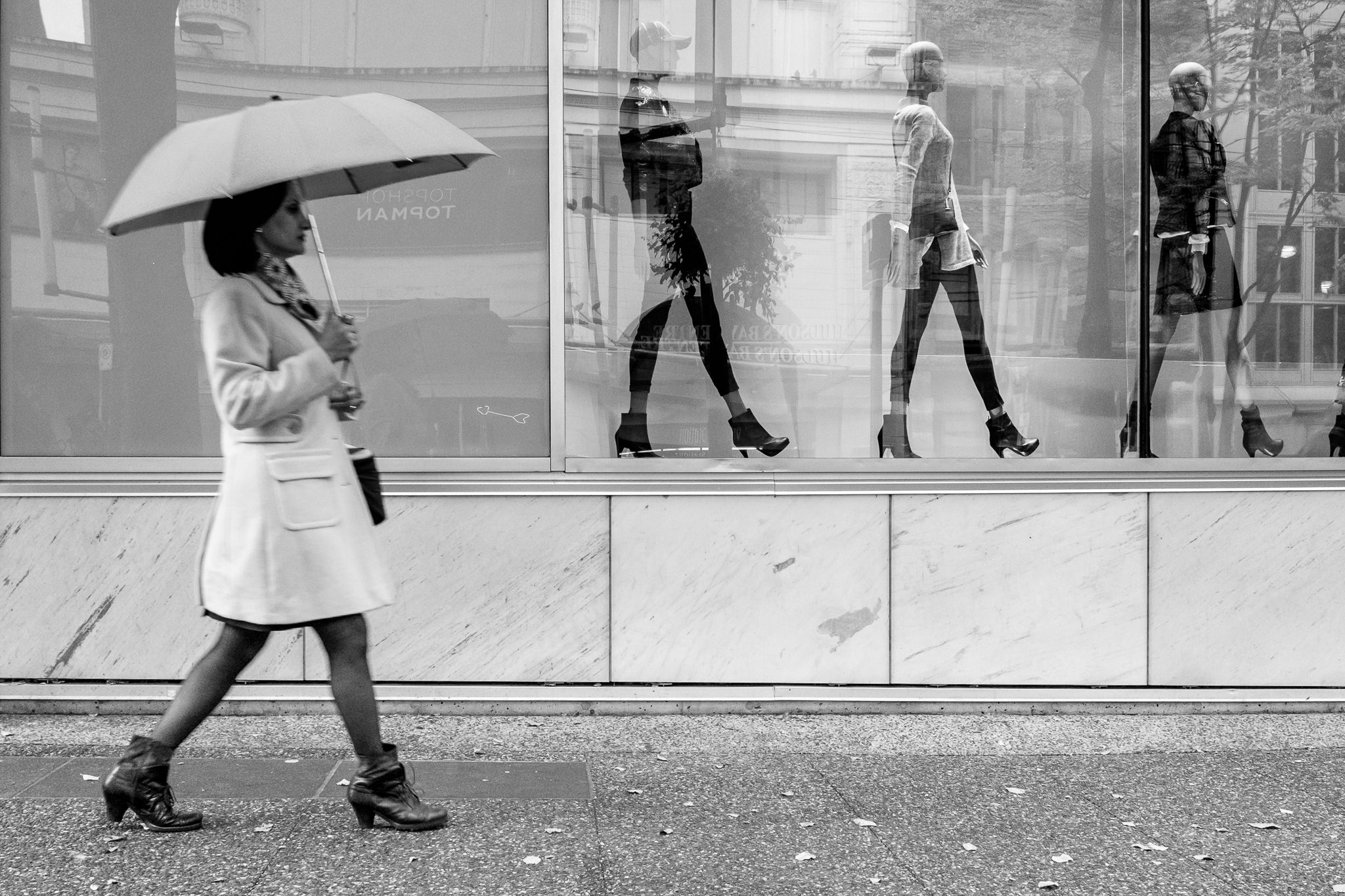The Ultimate Guide To Framing Streets
Wiki Article
The Ultimate Guide To Framing Streets
Table of ContentsFraming Streets for DummiesIndicators on Framing Streets You Should KnowThe Definitive Guide for Framing StreetsFraming Streets Fundamentals Explained7 Simple Techniques For Framing StreetsThe Basic Principles Of Framing Streets
Digital photography style "Crufts Canine Program 1968" by Tony Ray-Jones Street photography (additionally often called candid photography) is photography carried out for art or query that features unmediated opportunity encounters and arbitrary incidents within public areas, typically with the purpose of catching images at a definitive or poignant minute by cautious framing and timing. 
Not known Incorrect Statements About Framing Streets
Susan Sontag, 1977 Road photography can focus on people and their behavior in public. In this regard, the road digital photographer is similar to social docudrama digital photographers or photographers that also work in public places, however with the aim of capturing newsworthy events. Any one of these professional photographers' photos may capture people and property visible within or from public places, which typically requires browsing moral concerns and regulations of privacy, safety, and residential property.Representations of day-to-day public life create a style in almost every duration of world art, starting in the pre-historic, Sumerian, Egyptian and early Buddhist art periods. Art taking care of the life of the street, whether within sights of cityscapes, or as the leading theme, appears in the West in the canon of the Northern Renaissance, Baroque, Rococo, of Romanticism, Realistic look, Impressionism and Post-Impressionism.
The Definitive Guide to Framing Streets
Louis Daguerre: "Boulevard du Holy place" (1838 or 1839) In 1838 or 1839 the initial photo of numbers in the road was videotaped by Louis-Jacques-Mand Daguerre in among a pair of daguerreotype sights taken from his workshop window of the Boulevard du Holy place in Paris. The 2nd, made at the height of the day, shows an uninhabited stretch of road, while the other was taken at about 8:00 am, and as Beaumont Newhall records, "The Boulevard, so continuously filled with a relocating crowd of pedestrians and carriages was completely singular, except an individual that was having his boots brushed.His boots and legs were well specified, however he is without body or head, due to the fact that these were in motion." Charles Ngre, waterseller Charles Ngre. https://pxhere.com/en/photographer/4162802 was the initial professional photographer to acquire the technological elegance required to sign up people in movement on the street in Paris in 1851. Photographer John Thomson, a Scotsman collaborating with journalist and social protestor Adolphe Smith, published Street Get the facts Life in London in twelve month-to-month installments starting in February 1877
The Definitive Guide to Framing Streets
Eugene Atget is considered a progenitor, not because he was the first of his kind, but as an outcome of the popularisation in the late 1920s of his document of Parisian roads by Berenice Abbott, who was inspired to carry out a similar documentation of New york city City. [] As the city established, Atget assisted to promote Parisian streets as a deserving topic for digital photography.
The Definitive Guide for Framing Streets
Between 1946 and 1957 Le Groupe des XV every year displayed job of this kind. Andre Kertesz. Circus, Budapest, 19 May 1920 Road digital photography developed the major content of 2 exhibits at the Museum of Modern Art (Mo, MA) in New york city curated by Edward Steichen, 5 French Professional Photographers: Brassai; Cartier-Bresson, Doisneau, Ronis, Izis in 1951 to 1952, and Post-war European Photography in 1953, which exported the concept of street photography globally.
Not known Details About Framing Streets
, after that an instructor of young children, associated with Evans in 193839.'s 1958 publication,, was significant; raw and usually out of emphasis, Frank's pictures questioned traditional photography of the time, "tested all the official rules laid down by Henri Cartier-Bresson and Walker Evans" and "flew in the face of the wholesome pictorialism and sincere photojournalism of American magazines like LIFE and Time".Report this wiki page